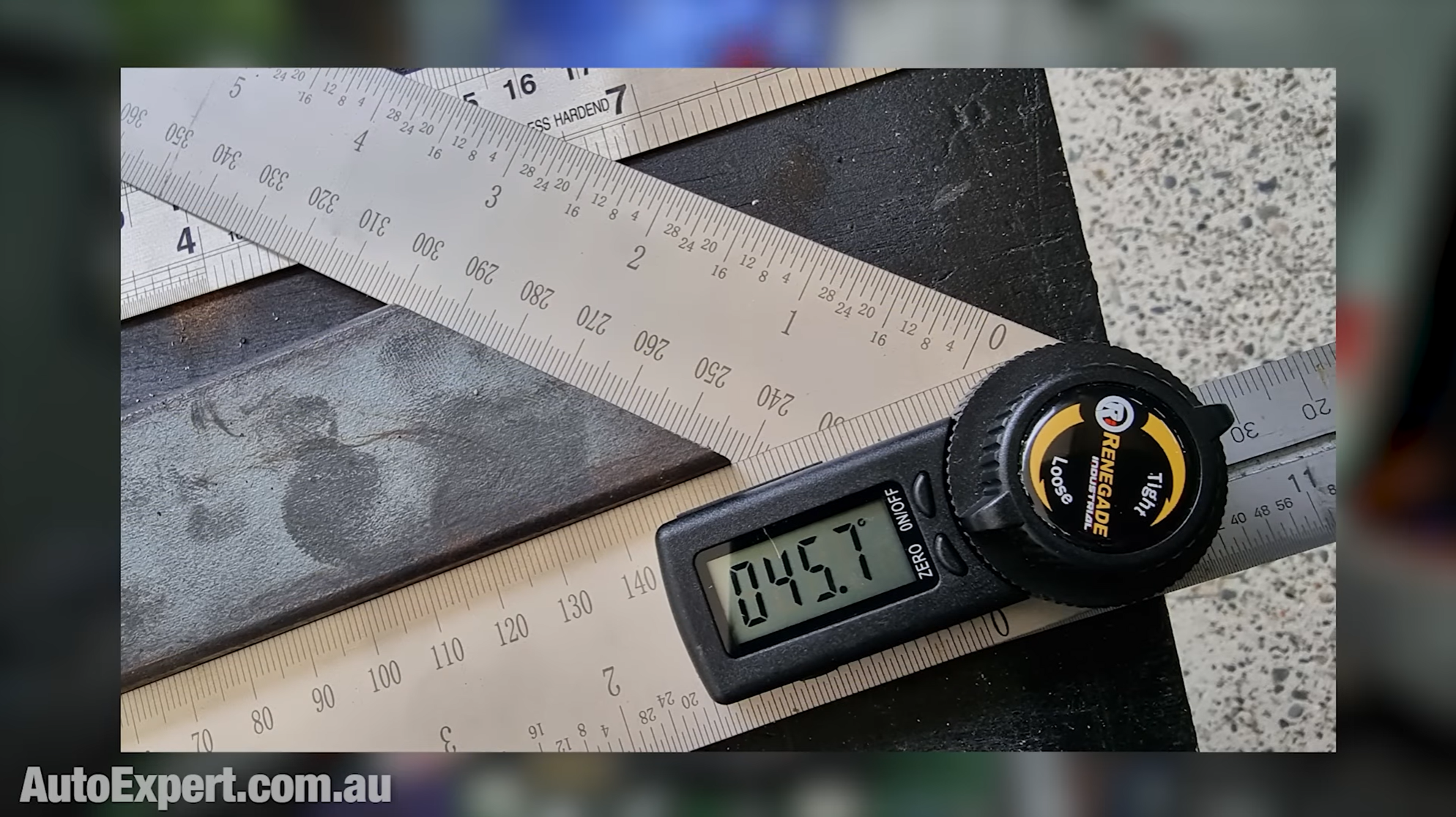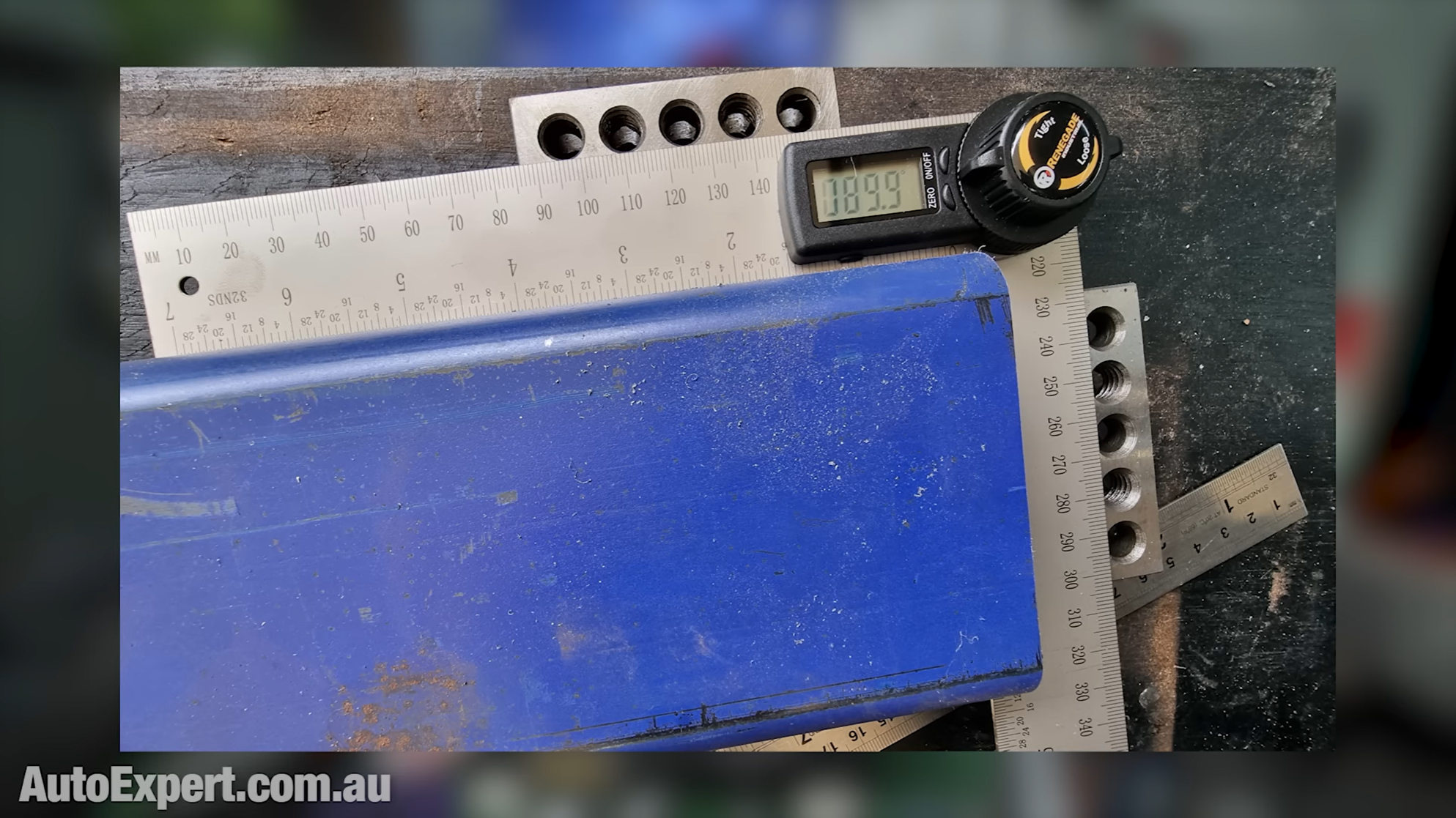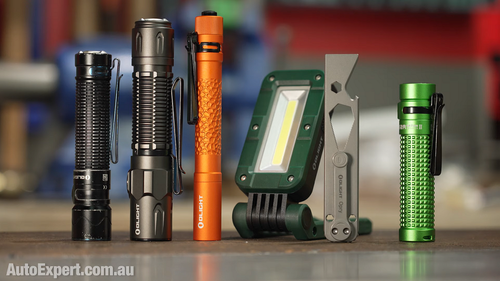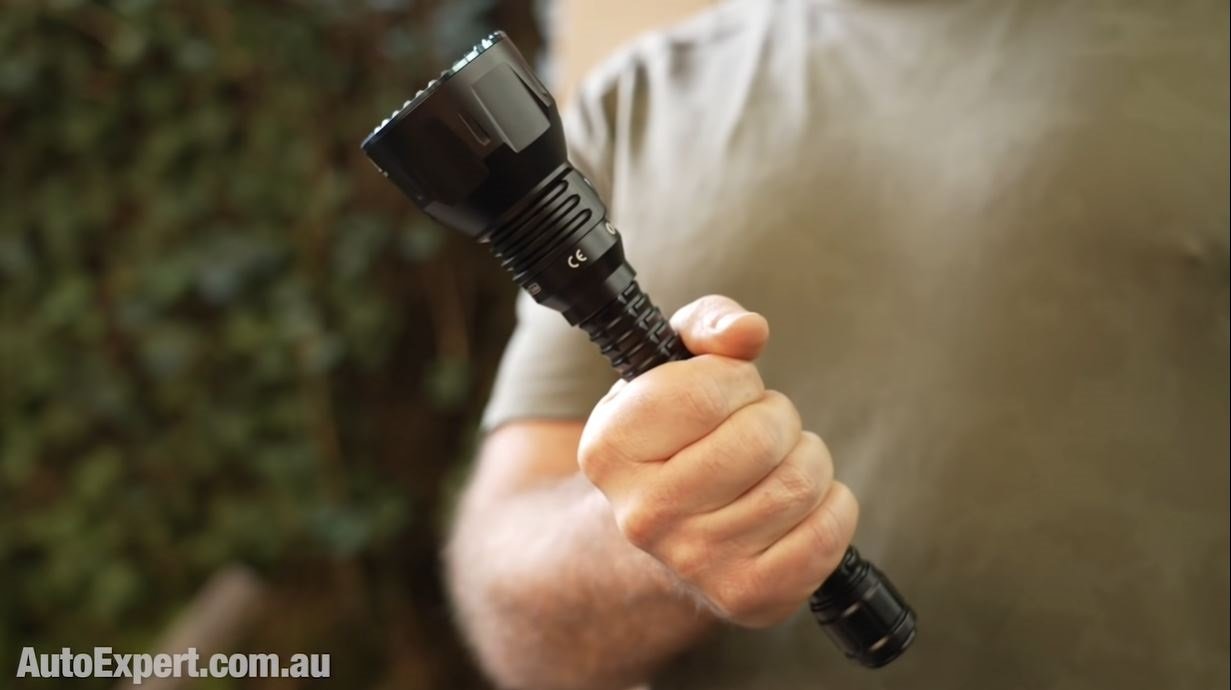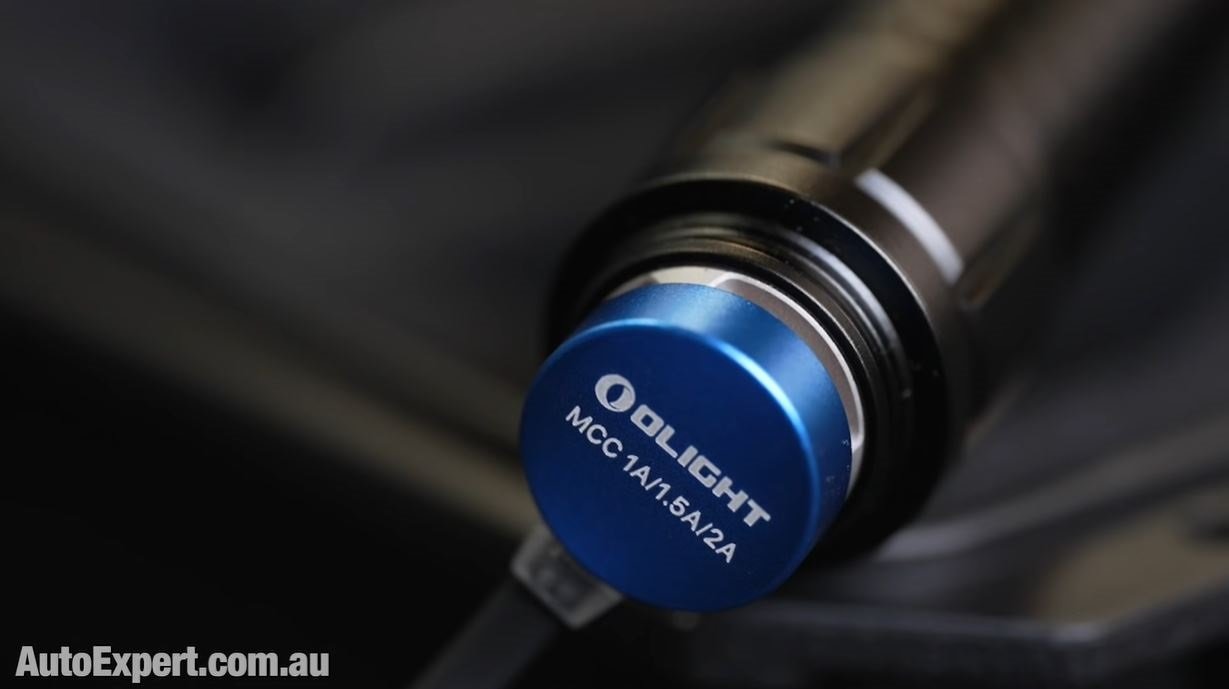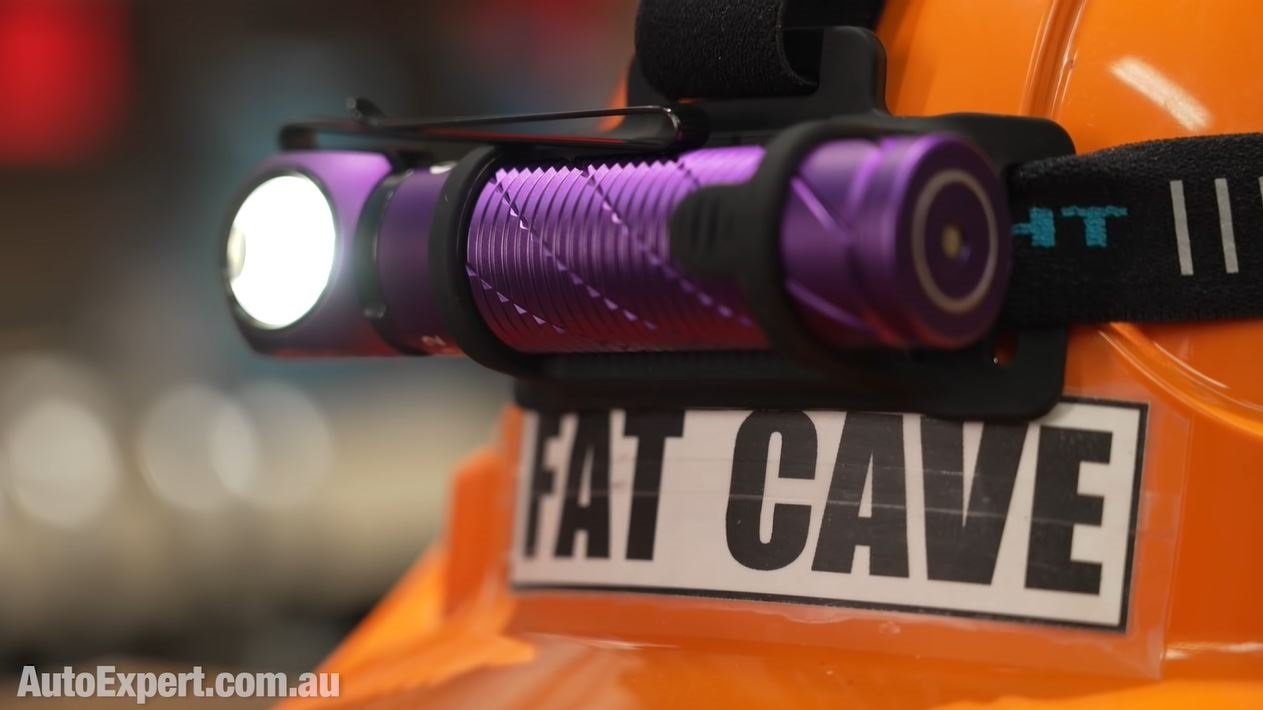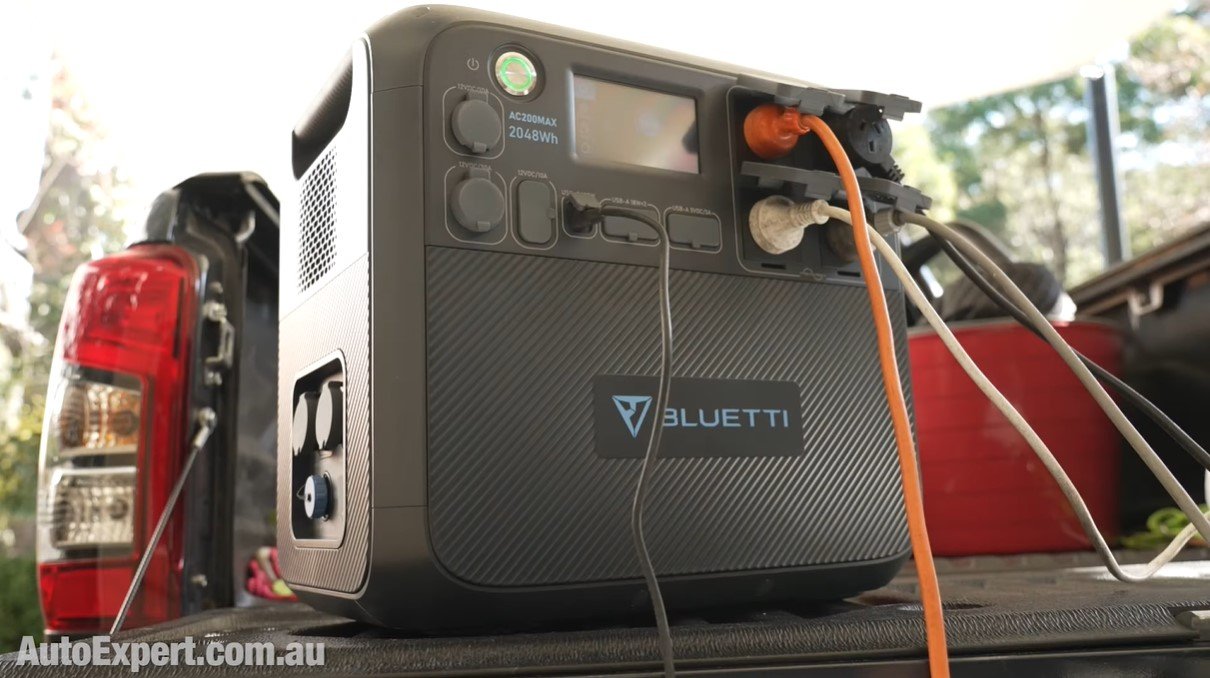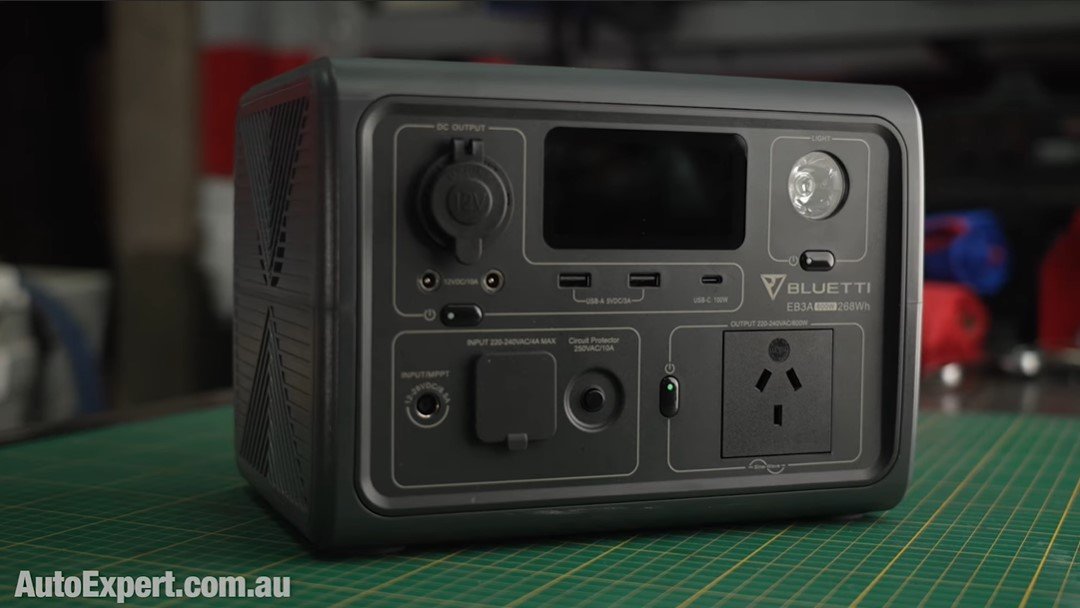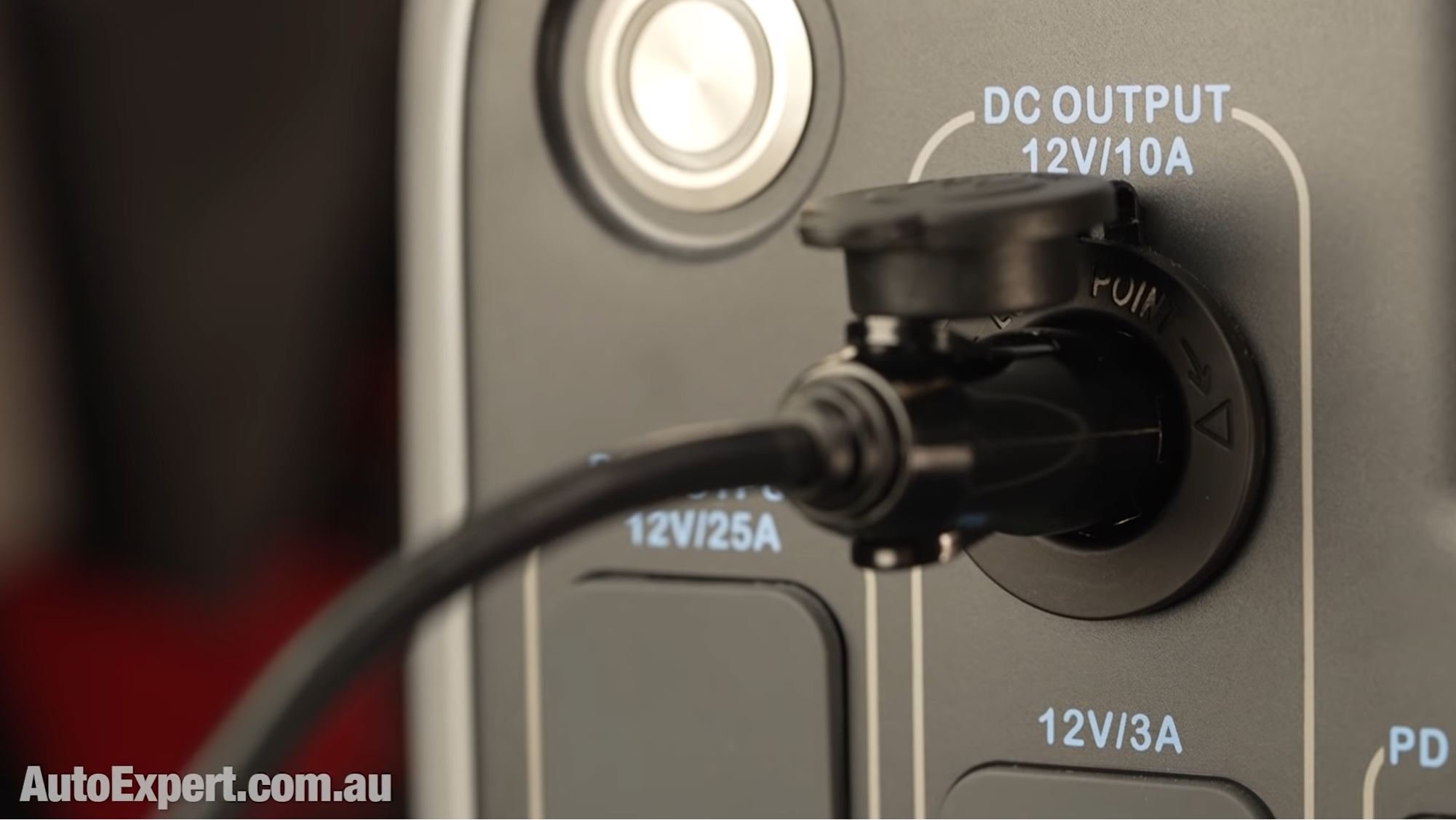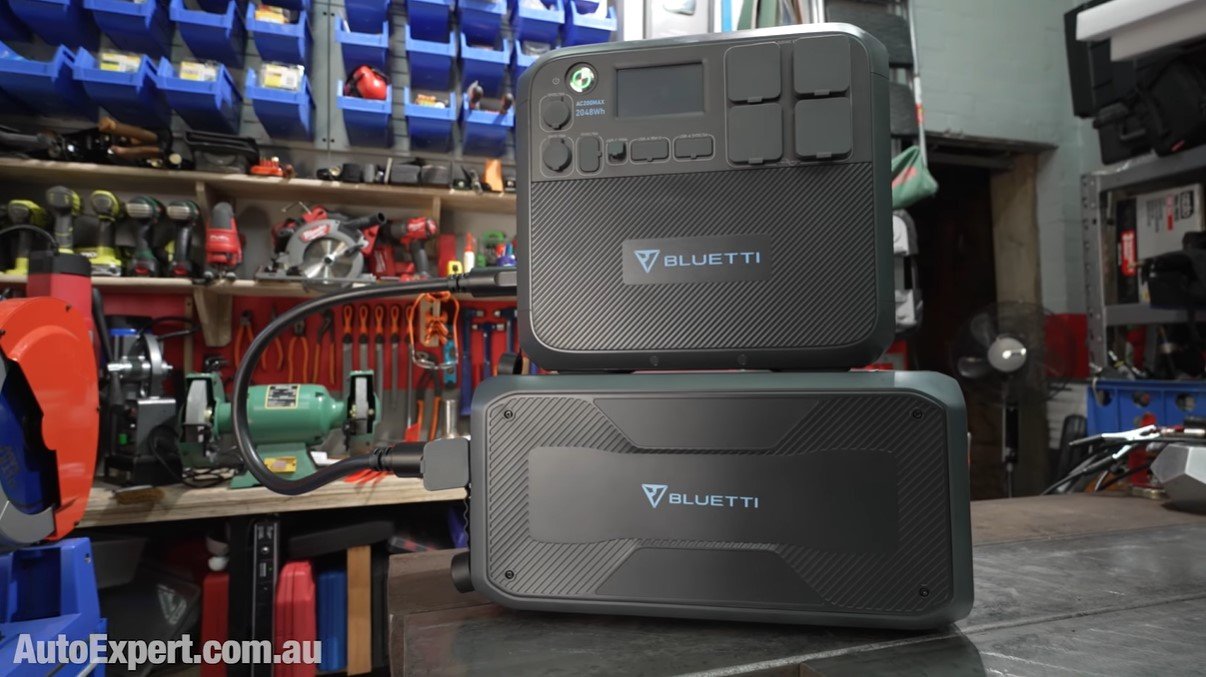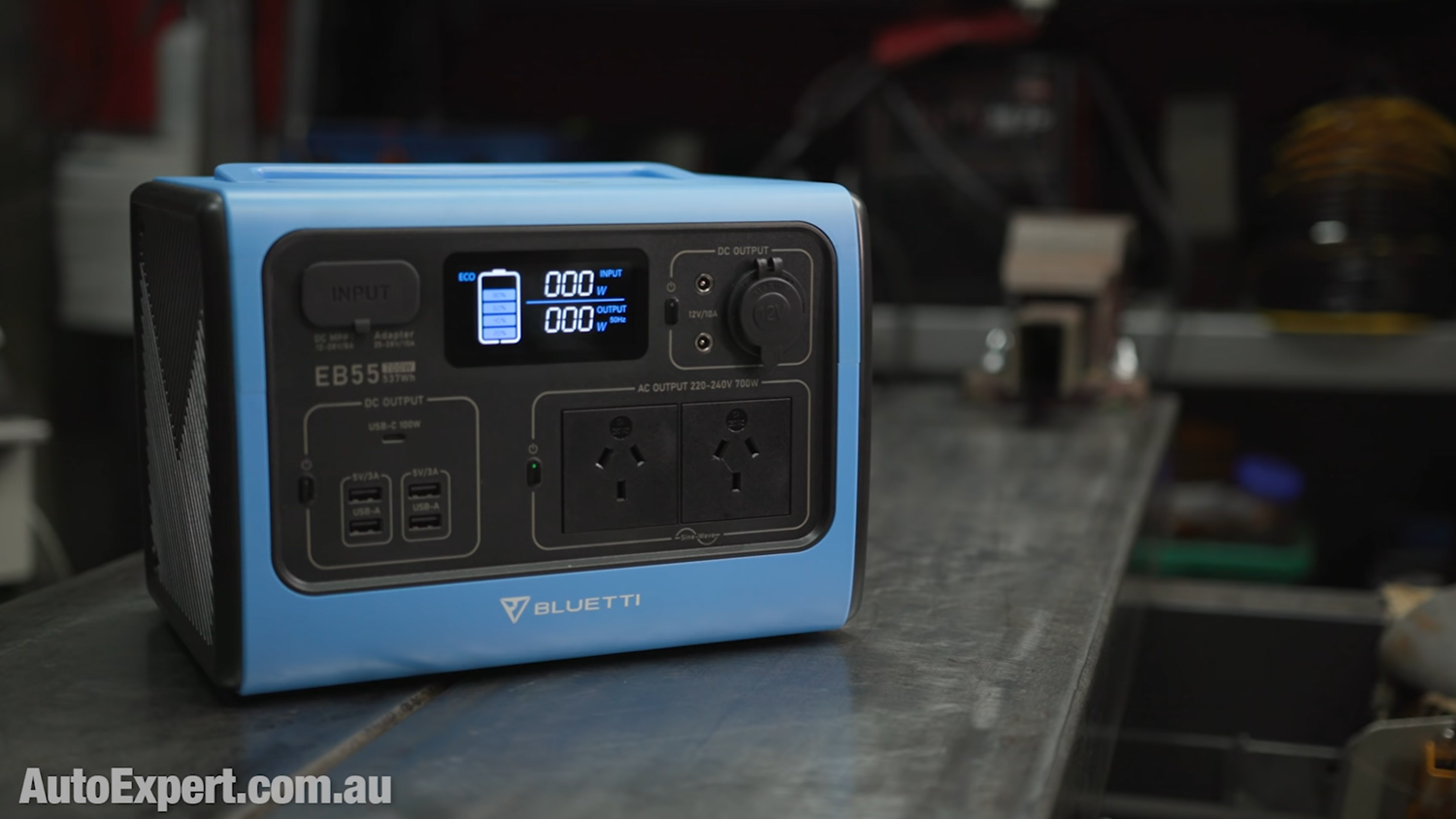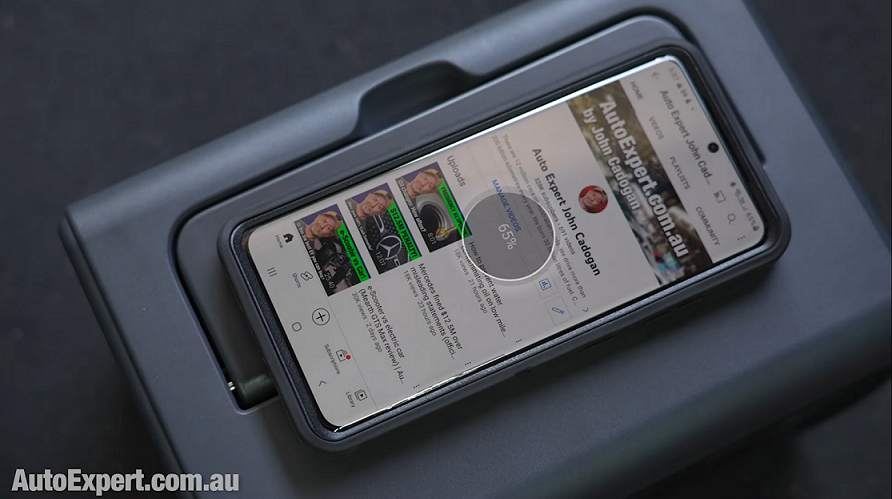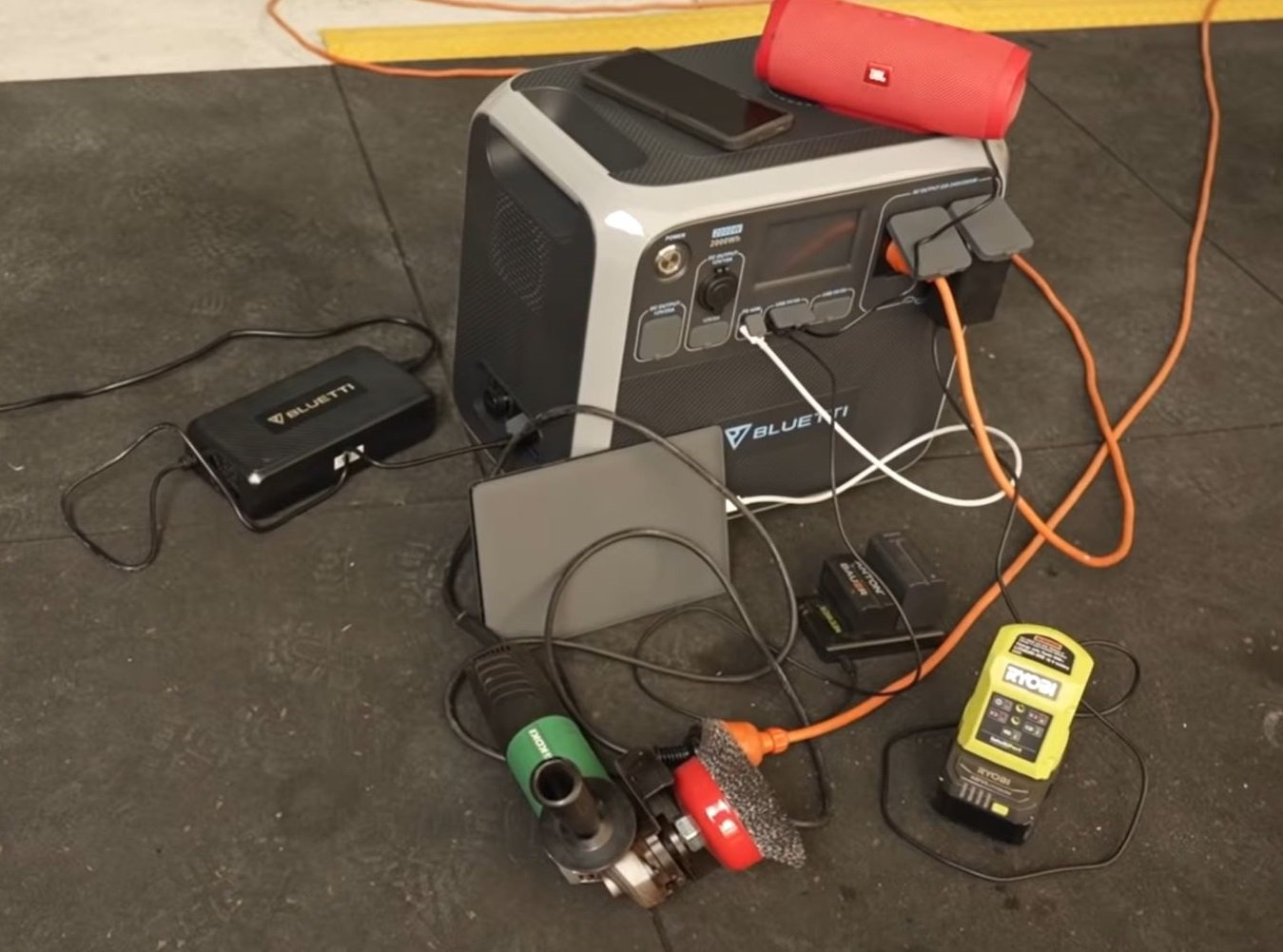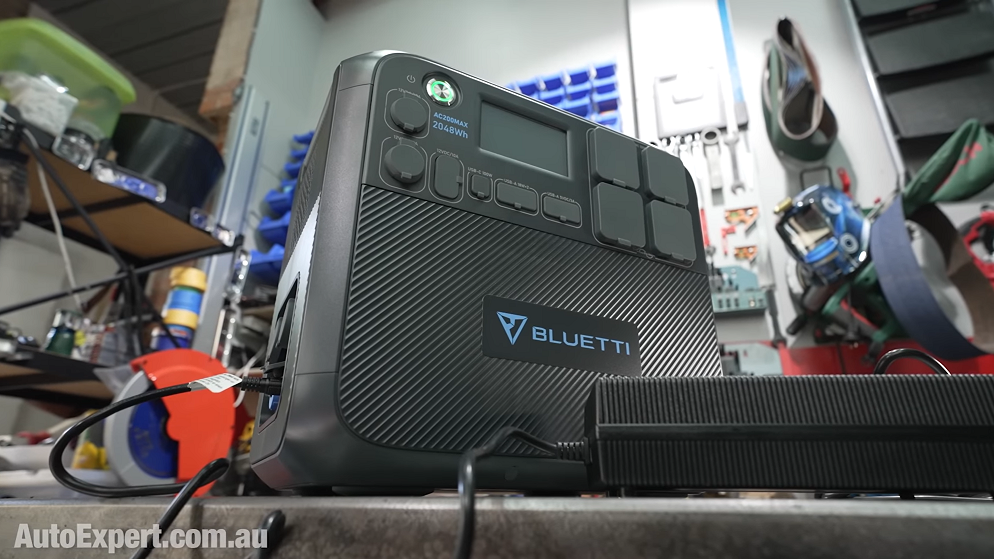Workshop bandsaw review: Vevor BS-85 is the better way to cut metal at home
It’s time to lift your game and become a master of metal manipulating mayhem, in a professional and controlled manner, obviously. This horizontal metal cutting bandsaw eats the ubiquitous angle grinder for breakfast, so to speak.
The angle grinder. Everyone has them and they keep so many emergency medical professionals gainfully employed. I love angle grinders, and I hate them.
Despite owning seven, I still have all my fingers and toes, and both my eyes work. But angle grinders really aren’t the Swiss Army Knife of metal cutting that many weekend warriors think they are.
When we have to go to battle with a piece of metal, there are several fronts on which this battle has fought. Obviously you can fight it by drilling holes in metal, which is a topic for another day. But at some stage you've got to cut some up, perhaps to make a workbench or you might just need to repair something. You've got to cut metal and the obvious place to start, as you probably did at school, is with a hacksaw.
Hacksaws are good for the soul, but one has a limited supply of elbow grease. And the novelty quickly wears off, which means upgrading to a metal cutting power tool, and the obvious choice there is an angle grinder. But there are a litany of risks involved with the angle grinder which a bandsaw like this one can happily avoid and improve the quality of your work.
Check out my full Tool Time workshop playlist on YouTube here >>
Full disclosure here, this saw is a bs-85 from Vivor, which they sent to me. But they get no say in what I report to you on it.
If you've got square tube to cut into a basic rectangular frame, such as building a bench top or something similar, then you've got to mitre it. This would be common, but you're not just going one mitre, you've got to do eight mitres because there's four corners, two joints, two pieces of metal per corner and there's four sides.
With an angle grinder, you really have to cut them separately. That's 32 separate cuts that you have to mark out and set-up clamping for, whereas if you use a saw such as this, it's only eight cuts and you don't have to mark them out completely each time. You just have to make a mark where you want the length and the setup of the saw manages the 45 degree cuts and the 90 degree cuts that comprise a mitre. That's a huge benefit as well.
So it is actually faster to do the cuts for that kind of thing with a bandsaw such as this. If you're going to do a significant amount of metal fabrication, an angle grinder is far more dangerous, it fills the air with dust, there’s the burden of marking out every cut, there’s all the PPE you've got to wear to just get by.
I really like that the blade tension adjustment is easy. The blades are about $25 each and you'll get hundreds of cuts out of a blade, so the economics certainly stacks up favourably compared with the zip disk for this sort of low carbon steel cutting.
It makes real sense to use a bandsaw because not only will you be safer using it, but it'll be cheaper as well, because the blades just last so long and you don't have to keep throwing out spent blades and buying dozens of replacements to do the same job as one blade.
It took me about 90 minutes tweaking this saw and it came out of the box reasonably accurate. But you’ve got to ask yourself what kind of work are you going to do with a saw like this. We're going to rough-cut bits of metal so that we can place them on a work surface like a welding table or a workbench or similar. Then we're going to clamp them or jig them into position, and we're going to weld them.
So if our joints are a little bit out, that's not really going to matter, as long as when we fabricate the bits together the gaps aren't excessive and we can just join it all up and the end result is square and true.
With my substantially more expensive BS-7L bandsaw, which was like $1600, changing from a mitre (45 degrees) to 90 degrees with that baby is an endurance event and it's a disincentive to do it.
So being able to do this for such a low budget bandsaw is absolutely fantastic and one of this saw's best features. As is the vice.
The vice is over-engineered - trust me. If there's a choice, between over engineering or under engineering - take over engineering every day of the week. It's awesome.
The main body of this thing is cast aluminium, and it's pretty high quality, too. They've done a good job finishing it off, although you can't see it from the camera angle in the video, the pulleys that drive the blade do have a cover on them. Access to this screw is a bit of a bastard, down there, to change the blades. But it's not too bad, you just use a stubby screwdriver or insert a ratchet and you get access to that one.
I think it's a good idea not to use cutting lubricant with a saw such as this, particularly if you're cutting just low-carbon steel, which people call mild steel because it is essentially the cheese of steel and also because the pulleys in here rely on the friction between their rubber coating and the blade to drive the blade through the work.
I'm not sure how oil or other cutting lubricant or coolant etc. would affect the rubber long term. There is also a small par in the blurb about ‘don't use cutting fluid’. So I did all my cuts dry, which worked out just fine. The blade didn't overheat. I wouldn't worry about cutting fluid.
It's actually really easy to convert this thing to a vertical bandsaw as well, which is one of the first follow-up reports I'm going to do on this saw. I'm just going to convert this to into a vertical saw, so it's going to be essential to make a jig that you just put in the vice with a table on it.
With vertical bandsaw capability it’s good for cutting tapers and curves and things of that nature, that are really difficult to cut any other way, including with the world's most dangerous ubiquitous metal eating machine, ye olde angle grinder.
Check out my metalwork basics deep dive report >> to take your workshop skills back to basic principles…
It seems pretty powerful, too. This saw says 1000 watts and I can't directly compare it to my other two bandsaws because the power delivery is different.
The other two bandsaws drive through a gearbox, whereas the Vevor BS-85 is direct mounted to the drive pulley, so a thousand watts it's still a decent output but it's still a reasonably low power consumption. By contrast, my other two bandsaws; the 6x4 bandsaw gets away with 375 watts (which is half a horsepower), while this is about one and a third horsepower, if you're in America.
The big bandsaw I have is 750 watts, which is one horsepower, broadly, but the gearbox changes the torque obviously, then there's a drive pulley adjustment for speed adjustment, with the other two saws. So having speed adjustment by wire is significantly more convenient than having to unscrew the cover on a belt-and-pulley system and switch the pulleys over and re-tension the belt, which is a time consuming pain in the arse.
That probably explains why I just leave the speed on both of the other bandsaws set on the middle one and I make most of the adjustments to the cut in terms of feed pressure and feed rate.
Machine disassembly: my top tips and important principles >>
Dislikes
Time for the dislike aspects to this bandsaw, because that's important too and dislikes validate any praise. That's also how you know a review is not compromised or paid-for.
I’m not a huge fan of the trigger. I just don't see why it's necessary to have the trigger and I'm going to take it out of play and just wire it on continuously and roll like that, thanks very much.
The accuracy is okay for fabrication out of the box, but you can make it much better if you've got the bits to do that.
This Vevor is 1000 watts, so it's substantially less than the rated output of one domestic GPO, so that's good.
I also wanted it to be not a toy, because there are plenty of home workshop tools you can buy that are just toys that don't inspire one with confidence that they're going to last any substantial length of time. You don't want to spend $300-$500 or whatever to get six cuts into an eight-cut job and just have it burn out on you.
Although I haven't owned it that long, I did flog this machine briefly, for about half a day and cut various pieces of metal including what is probably a bit ambitious for this saw, but it's within its rated capacity. This piece of steel is 50 x 106mm wall thickness and it took about three minutes to do this cut.
The feet. It's got these plastic feet, and they're not adjustable which leads to occasionally you'll get the saw in a location where it'll rock a bit. This is a pain in the arse. It'd be great if the feet were adjustable, to avoid getting a wooden wedge and sticking it under the high foot. This hack takes the problem out of the equation, and in the scheme of criticisms, that's not a major one.
The end stop that comes with the saw is not that good, frankly. What I'd prefer to do, actually, is if I was working on a temporary, portable workbench as you'll see in the overlay vision for this video report, then I'd clamp the saw or screw it to the bench. Then, I'd just screw a block of wood in down the other end where I wanted the end stop or a piece of angle. That way the distance would be fixed and it's just less clunky.
I think the end stop works okay. Is it a design triumph? No.
For just under $500 this is a real improvement if what you're using at the moment for all of your heavy duty metal cutting is the somewhat ubiquitous angle grinder. I can't overstate the benefit of being able to just simply unscrew one lever and go from 90 to 45 and back again, at will, with repeatability and accuracy.
I can't do that in either of my notionally much more capable bandsaws, one of which is more than three times the price of the Vevor. Obviously, yeah, my bigger saw cuts bigger pieces of steel and most of those large sections go at 90 degrees, but mitring is such a big thing in the DIY fabrication space because that's what tables and benches and shelving systems and the rest are made with.
The other big advantage of a saw like this is, when you're not using it anymore, you pick it up and put it on a shelf and it does not consume what might be the most valuable commodity in your workspace, which is the floor space. Both of my other bandsaws sit on the floor and when they're not cutting metal, they're just taking up space. Whereas the Vevor BS-85 can go on a shelf in the corner, it can go on top of your fridge, it can go anywhere out of the way. Then, when you need to deploy it again, you need minimal bench space, you get a couple of saw-horses and a piece of plywood, or you go on location with your Bluetti and you put it on the tailgate of your ute and you fabricate a gate, chook pen and firewood holder for your tree change block of land, or whatever.
If you're interested in picking one up, I'm told they've got plenty of stock, so if you use the code VVSALES for 5% off.
I'm not getting paid to talk this saw up, incidentally. If I didn't like it, if I couldn't get a decent result out of it, I was just going to give it back to them. But I think I'll hang on to this one because it does a whole bunch of stuff that my existing bandsaws don't do.
I can't tell which FatCave it’s going to live in, but there's certainly a place for it in my fabrication life and maybe there is for you as well.
But if you're using one of those dangerous metal-eating angle grinders all day long, for all kinds of cutting, I'd suggest it might be time to think about at least a bit of a rational upgrade.
Thanks to Vevor for supplying the BS-85 for review.
My AutoExpert AFFORDABLE ROADSIDE ASSISTANCE PACKAGE
If you’re sick of paying through the neck for roadside assistance I’ve teamed up with 24/7 to offer AutoExpert readers nationwide roadside assistance from just $69 annually, plus there’s NO JOINING FEE
Full details here >>
AutoExpert DISCOUNT OLIGHT TORCHES
These flashlights are awesome. I carry the Olight Warrior Mini 2 every day - it’s tiny, robust, and super useful in the field or in the workshop. Olight is a terrific supporter of AutoExpert.
Use the code AEJC to get a 12% discount >>
Generators suck! Go off-grid with AutoExpert BLUETTI PORTABLE POWER STATIONS
Need mobile, reliable power? If you’re camping, boating, caravanning or building a dirty big shed in the back paddock, and you need to run a refrigerator, lights, air conditioner, cooking, and/or a bunch of tools - Bluetti has a clean, tidy, robust solution…
Get your AutoExpert free shipping discount here: https://bit.ly/3n62heK




